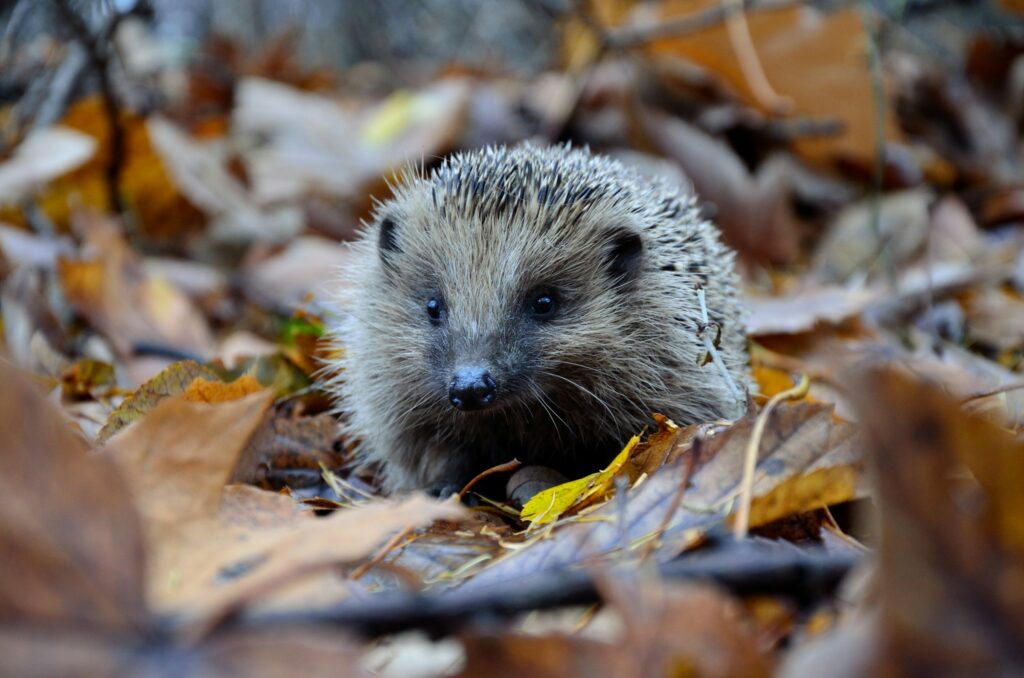Hedgehog Awareness Week: How to help protect dwindling species in Kent
Hedgehog numbers have plummeted over recent decades — and their fight for survival is now more urgent than ever.
The species recently joined the International Union for Conservation of Nature’s (IUCN) Red List with a status of “Near Threatened.”
This week is Hedgehog Awareness Week, an annual campaign started by the British Hedgehog Preservation Society. It highlights the dangers faced by our nation’s beloved critters, and what we can do to help prevent their numbers from declining.
To commemorate this year’s campaign, rescue groups across Kent — dedicated to the challenging, fulfilling and sometimes heartbreaking fight to keep hedgehogs alive in our wildlife-rich county — shared some crucial advice to help protect our spiny sweethearts.
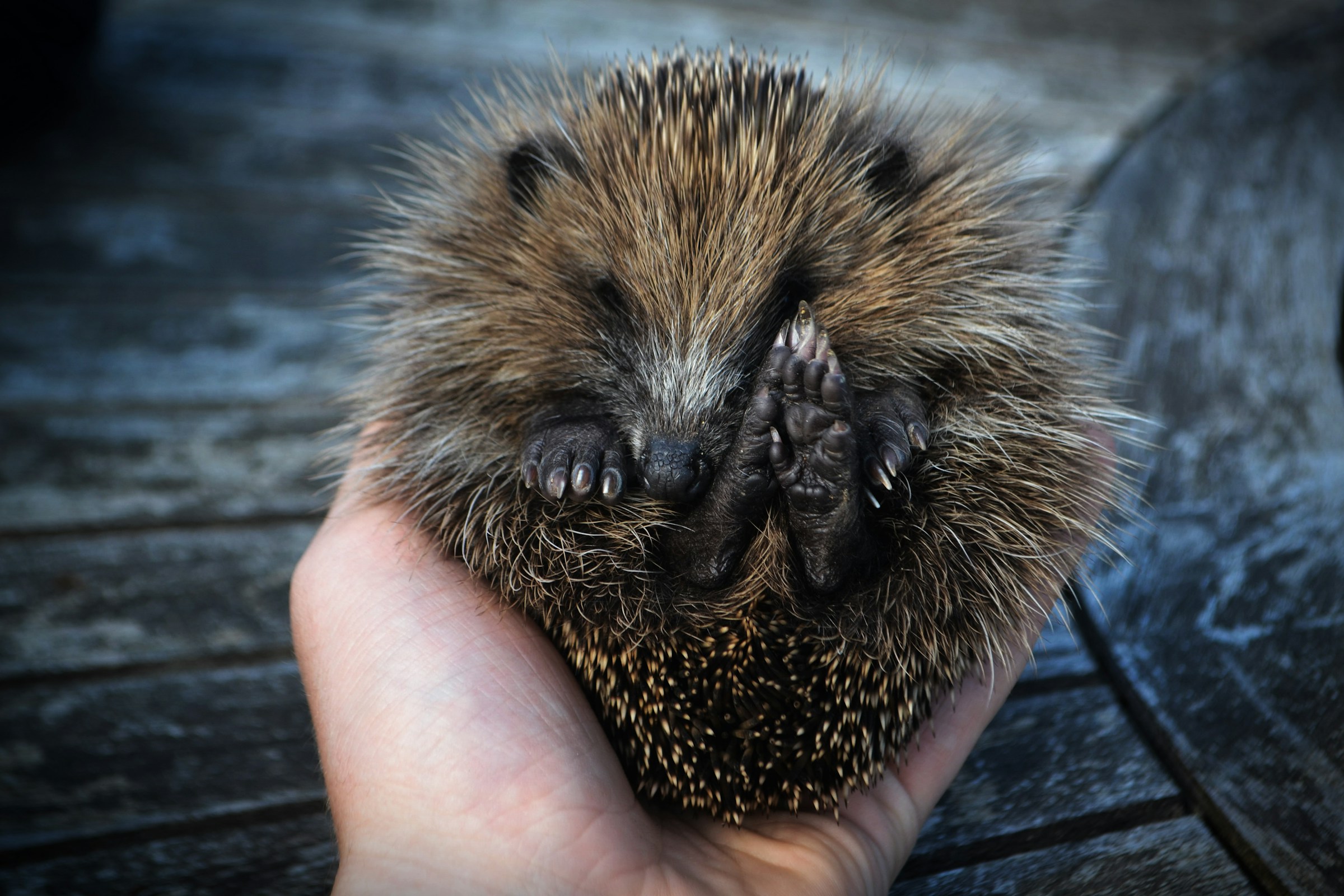
Georgia Wilcox, a veterinary surgeon at Wingham Wildlife Park, explained that it’s best not to disturb hedgehogs seen at night if they’re not showing any signs of ill health, but a hedgehog wandering around in the daytime is a major sign that it may in trouble.
“The best thing to do, in that case, is to collect the hedgehog up in a towel — you don’t want to touch it directly because they can carry lots of parasites and things like that,” she said.
“Pop it in a little cardboard box with some sort of high-protein cat food and some water. And then you can get in touch with your local vet or wildlife hospital as they’ll be able to advise you best from there.”
Ms Wilcox warned people against trying to rehabilitate hedgehogs themselves.
“People have the absolute best of intentions, but very often these guys won’t show signs of ill health properly until it’s really quite late in the game, unfortunately,” she said.
“If you do see a hedgehog in an unusual situation, then seeking the advice of an expert is absolutely crucial because we’re able to assess these guys so much more closely than the average member of public.”
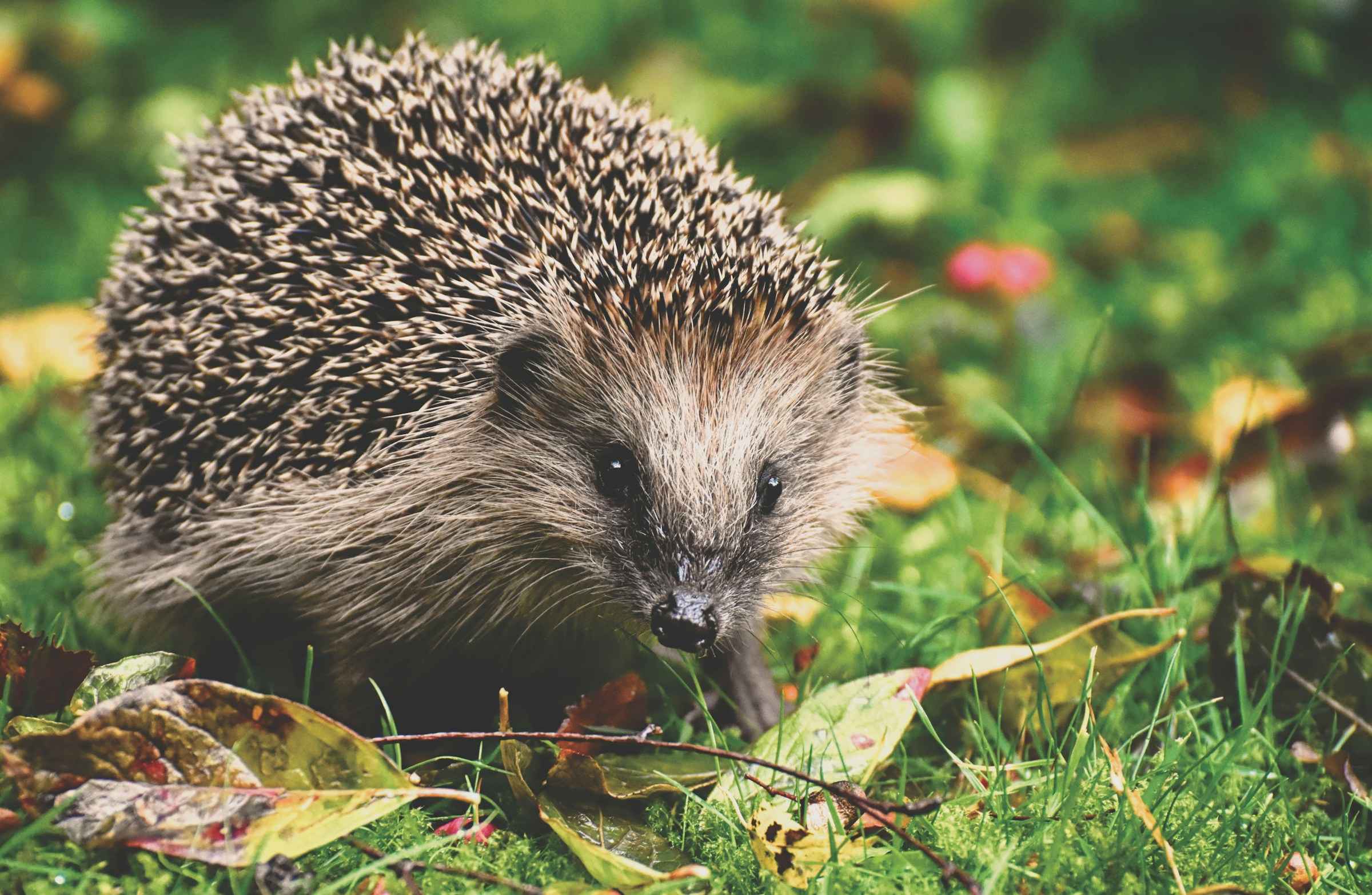
Tarya Burgess, co-owner of Little Urchins Hedgehog Rescue in Dover, shared some other signs that may indicate illness or distress.
“We have to make sure that the hedgehog is walking with purpose and ensure that it’s not going in circles,” she said.
“Look out for ‘sunbathing’ hedgehogs as well — that’s what we call it when they are laying on their side.”
Ms Burgess mentioned that they can have dog meat and dog biscuits, but specified that the biscuits have to be quite small. She also had some top tips for making a garden safe for hedgehogs.
“Leave log piles or leaf piles in the corners of gardens, as that allows hedgehogs to have nesting materials and areas to nest,” Ms Burgess explained.
“Add a 14cm-by-14cm hole at the bottom of the fence, which we call a ‘hedgehog highway,’ to enable hedgehogs to come in and out the garden, and put water sources all around.
“And if people are willing to have hedgehog houses as well, that really does help because it allows them a secure and safe sleeping area and nesting area.”
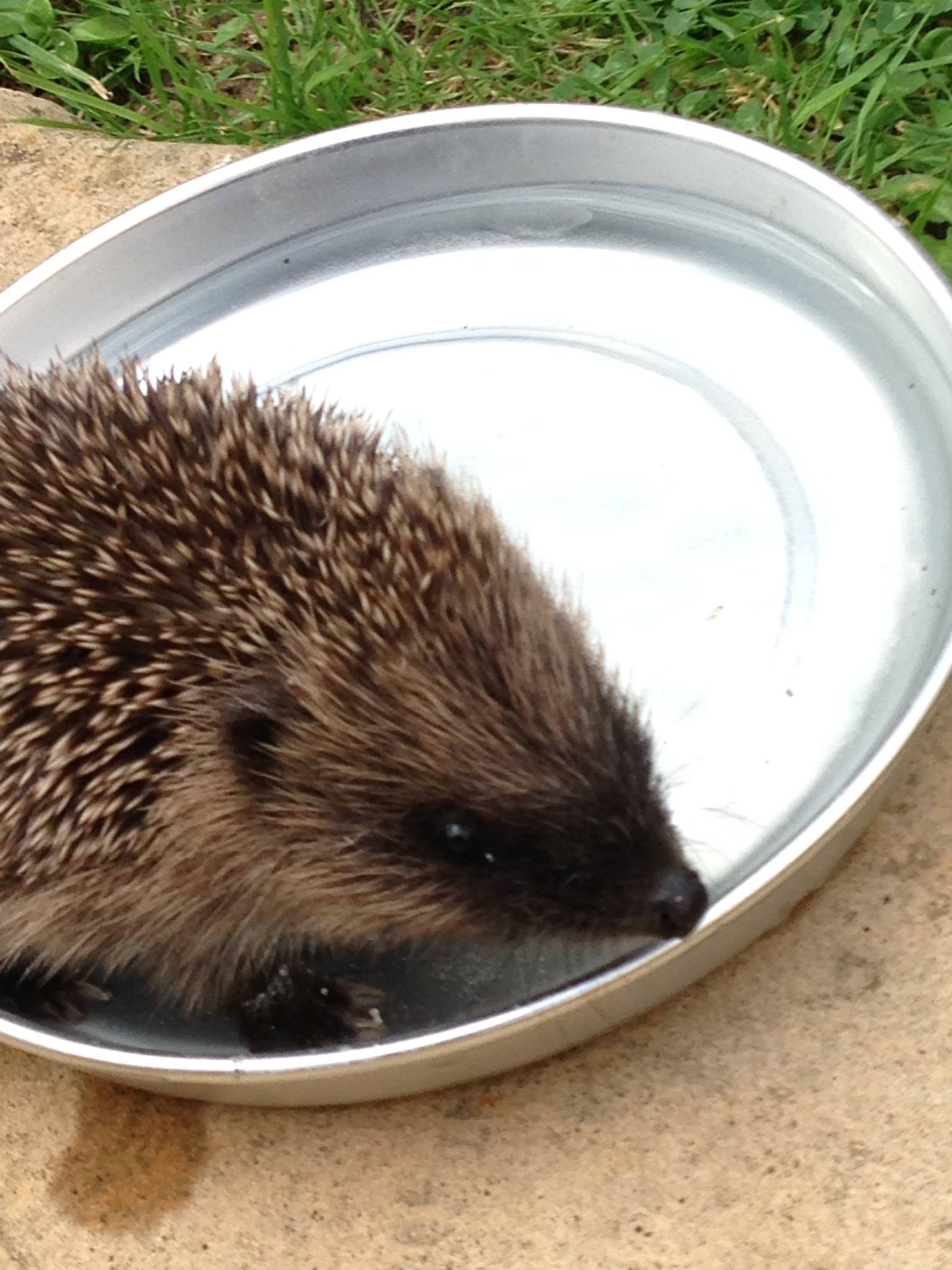
Gabrielle Simpson, founder of Wrens Hill Hedgehog Rescue in Faversham, also noted the tragically high number of hedgehogs that become fatally wounded by garden strimmers.
“It’s so easy to just check first. They’re spiky — if you quickly check with your hands first you might feel a slight prick on your fingers to help you find them,” she said.
There are also many common misconceptions people have about hedgehogs.
Ms Simpson noted how many people overestimate how gentle the critters are due to their cute appearance.
“Hedgehogs are not easy to rescue, so please don’t try it at home. They are more complex than people,” she said.
“Because they seem so docile, and the way you can easily walk up to one and pick it up, people think that’s an indication of tameness. It really isn’t.
“I’ve been bitten more times than I care to count and have had tetanus shots up to the eyeballs. It hurts — they’ve got like needle-like teeth.”
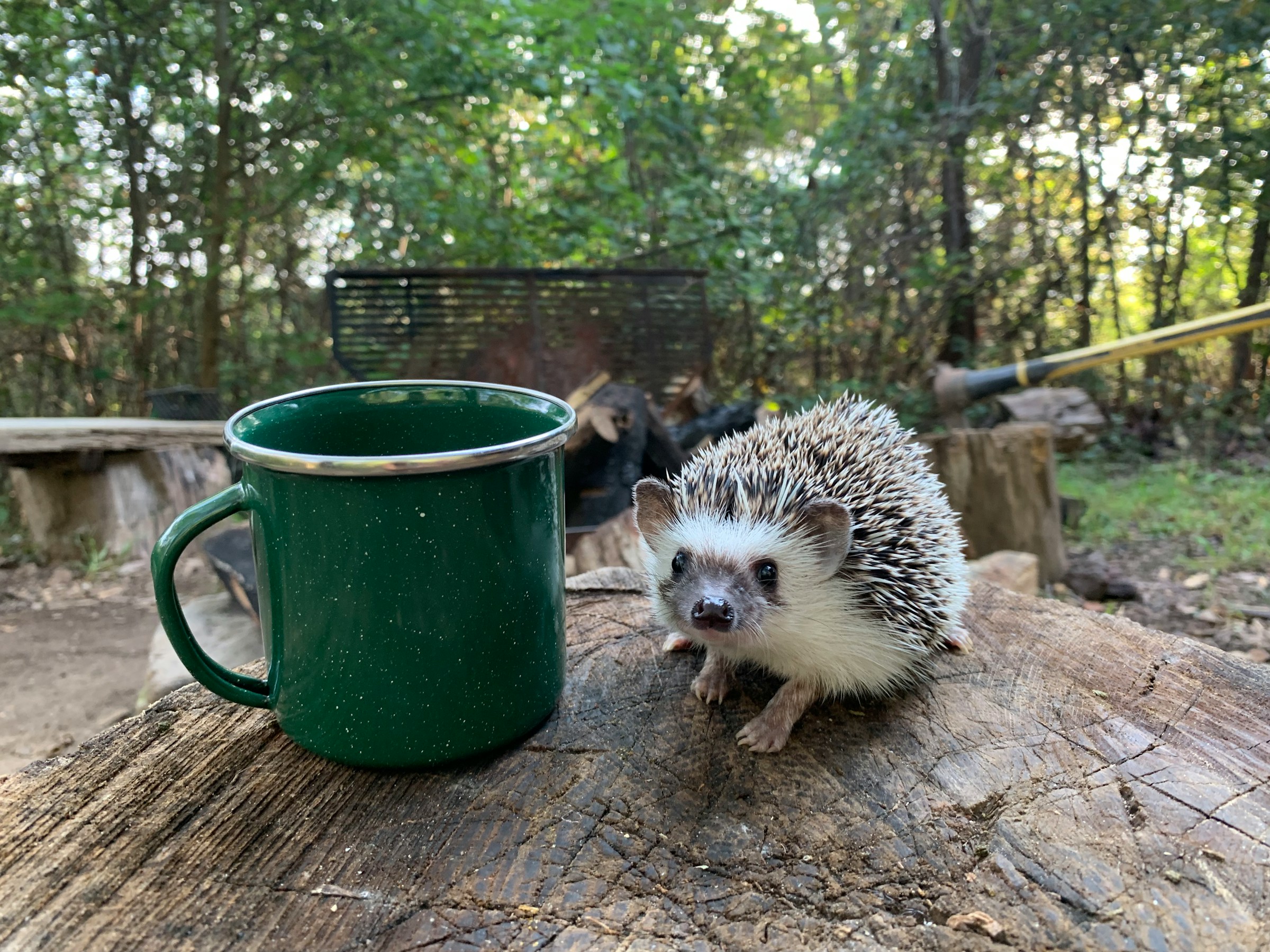
Hedgehogs are also not fans of slugs and snails and will only eat them when there are no other insects around, despite popular belief. Ingesting them can, in fact, be detrimental to the creatures.
“Just like you don’t want your dog eating a slug or snail because of lungworm, that’s exactly what gives hedgehogs lungworm,” Ms Simpson explained.
Another age-old myth is that hedgehogs enjoy bread and milk, which in actual fact can be lethal to them.
“They are lactose intolerant. Milk will kill them, mostly from dehydration,” Ms Simpson said.
While they may eat bread if they’re starving, their stomachs can not digest it properly. Hedgehogs are also not omnivores, and should not be fed nuts and berries.
Ms Burgess also put to bed the concern that hedgehog fleas can infest our pets.
She said: “Hedgehogs have what we call ‘host-specific’ fleas. They won’t affect cats and dogs — it would jump straight off or it would die because they’re not able to sustain the right nutrition on a cat or dog.”
“Some people also believe that hedgehogs can shoot their quills out — which is something they absolutely cannot do, thankfully!”
Hedgehog lovers can also help make a difference online. A petition launched by ecologist Hugh Warwick, which has gathered over 1.1 million signatures, calls for the government to ensure new housing developments include holes for hedgehog highways.
